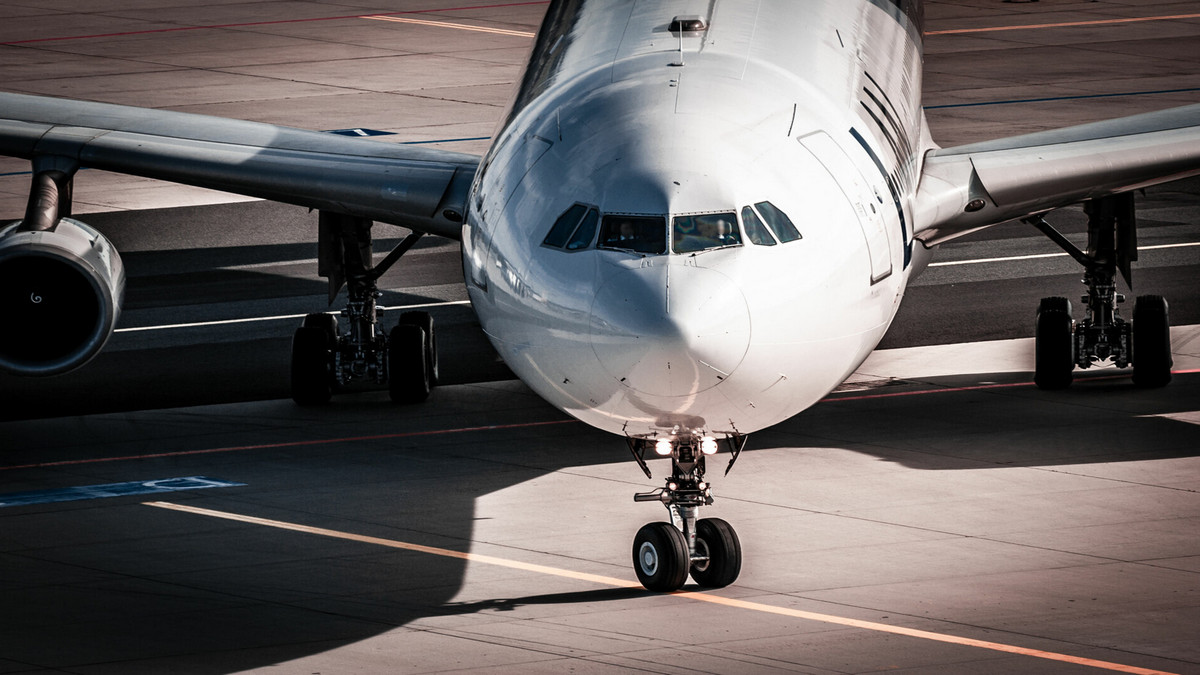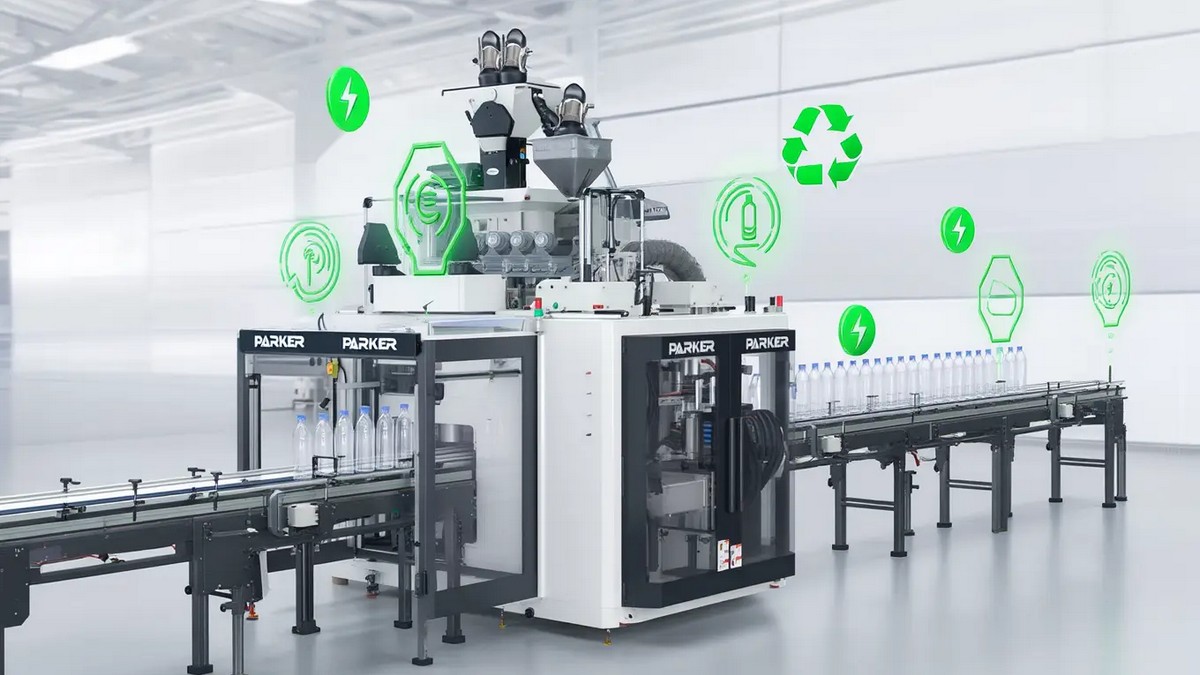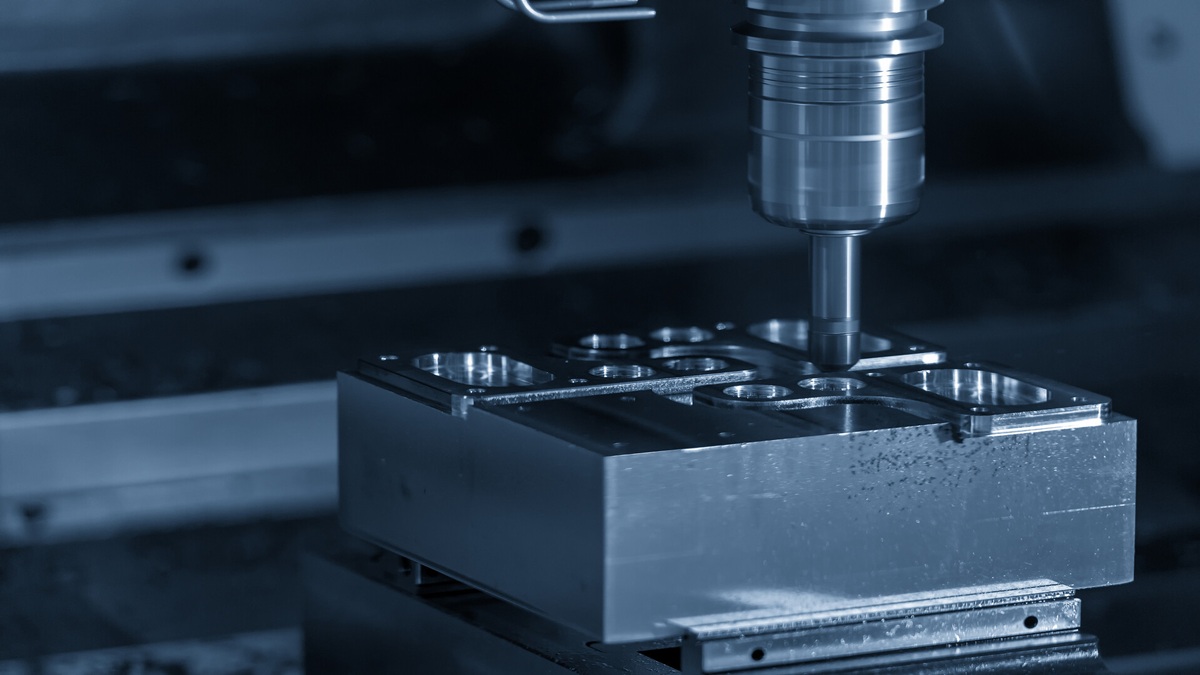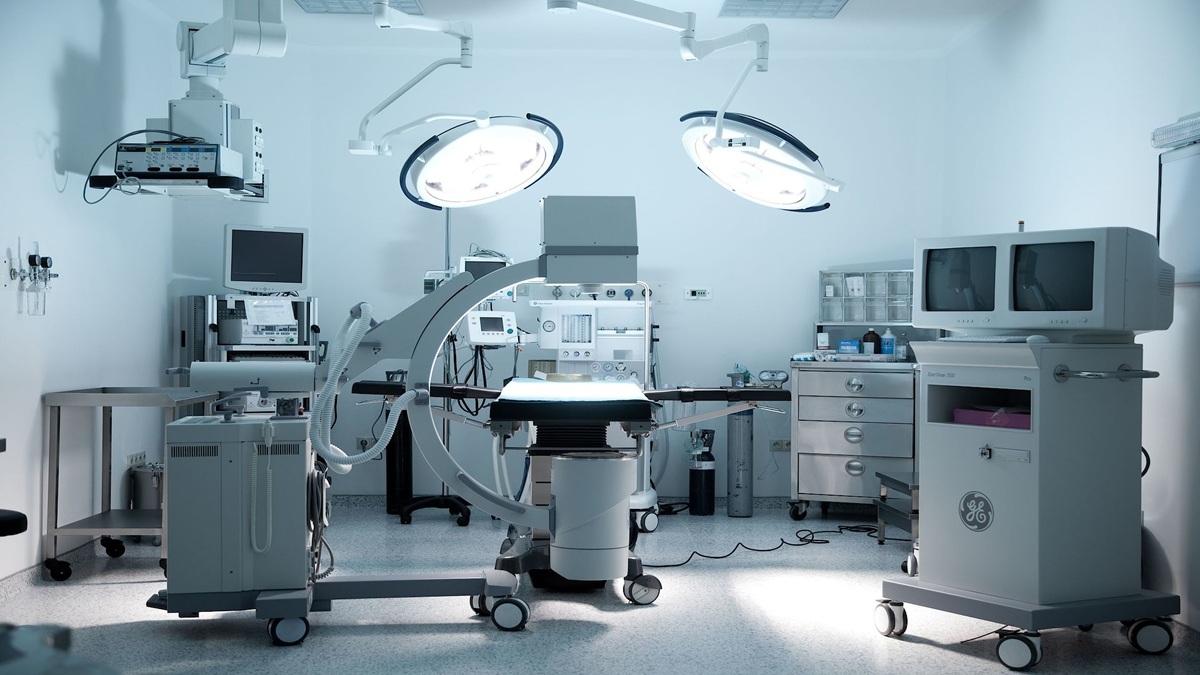The avionics system, also known as the aircraft mission system, refers to the sum of all electronic systems on the aircraft and is a general term for various electronic devices required to ensure that the aircraft completes the scheduled tasks and achieves various specified performances.
What are Avionics?
Avionics refers to the sum of all electronic systems on an aircraft. A basic avionics system consists of multiple systems such as communication, navigation, and display management. There are many types of avionics equipment for different purposes, ranging from the simplest searchlights on police helicopters to complex airborne early warning platforms.
Avionics research is changing aerospace technology at an astonishing rate. At first, avionics was just an accessory system of an aircraft. Many aircraft today exist solely to carry these devices. Military aircraft are increasingly becoming a combat platform integrating a variety of powerful and sensitive sensors.
Avionics was born in the 1970s. With the integration of the electronics industry, the avionics market has flourished. The main impetus to promote the development of avionics technology comes from the military needs during the Cold War rather than the civilian field. Many aircraft have become flying sensor platforms, and how to make sensors work together has become a new problem.
Avionics is experiencing tremendous growth in the civilian market. The flight control system (fly-by-wire flight control) and the new navigation requirements brought about by harsh airspace conditions have also led to a corresponding increase in development costs. As more and more people use airplanes as their primary means of transportation, people continue to develop more sophisticated control technologies to ensure the safety of airplanes in limited airspace. At the same time, civil aircraft naturally require all avionics systems to be confined in the cockpit, thus making civilian aircraft affect the military field for the first time in terms of budget and development.
Design Constraints Related to Avionics:
Any device on an aircraft must meet a series of demanding design constraints. The electronic environment faced by aircraft is unique and sometimes highly complex. There are many expensive, time-consuming, troublesome, and difficult aspects of manufacturing any aircraft, and airworthiness certification are one of them. As aircraft and crews rely more and more on avionics systems, the robustness of these systems becomes important. A necessary factor in building an avionics system is the requirement that the flight control system cannot fail at any time. However, any system on the aircraft has a certain degree of robustness requirements.
- Integrated:
Since the earliest days of the avionics industry, how to connect its numerous electronic systems and use various information closely and effectively has been a headache. What started as a simple problem of how to communicate switching variables on discrete data lines has now evolved into a complex problem of how to coordinate flight control data transmitted on optical data buses. The unprecedented complexity of software is being used to meet ever more demanding aviation standards. No matter how small an aircraft is, some level of integration is essential such as power supply. Large aircraft projects like military and civilian often require hundreds of engineers to integrate these complex systems.
- Physical environment:
Different flight environments have different system uses. Some systems need to be more robust than others. All avionics systems today are required to pass certain levels of environmental testing. There are various forms of testing, and many aircraft manufacturers will pre-define how to test. With the widespread use of avionics, various airworthiness certifications (CAA or FAA) set out the performance standards that these devices must meet. Based on this, manufacturers set the environmental standards that these devices must meet. These standards stipulate the test methods and levels of aircraft parts that avionics manufacturers must follow. Examples include tests for saltwater blasting, water resistance, mold growth, and exterior stains. Manufacturers maintain test levels by cross-referencing these standards, often generating more generic requirements. These requirements do not prescribe performance, but rather describe the operating environment of the equipment.
- Electromagnetic Compatibility:
Electromagnetic Compatibility (EMC) is an activity that evaluates the interaction of power electronic systems. In the aircraft world, electromagnetic compatibility can cause all kinds of problems. Aircraft and their equipment generally use specific standards with a wider range of tests.
- Vibration:
Vibration is a serious problem in even the smoothest aircraft, with a major impact on reliability. Not to mention a turbulent aircraft like a helicopter, where vibration has become the most dominant driver in the design.
- System security:
All components on an aircraft are regularly subjected to system safety analyses. In the field of avionics, this work is performed by the airworthiness certification departments of various countries. In aircraft design, safety design is generally expressed as reliability and durability, which greatly affects aircraft design methods. Any software applied to the avionics system must undergo a strict security review.
- Quality:
The procurement of avionics equipment has been monopolized by a few giants on a global scale. It has almost monopolized the entire avionics industry by providing boxed components, so-called field replaceable units (LRUs), packaging, testing, and configuration management. Quality control is an important part of any industrial field.
Main Areas Related to Avionics:
- Aircraft Electronics System:
On any aircraft, the cockpit occupies the most prominent position in the avionics system. All systems that directly control the safe flight of an aircraft can be directly controlled by the pilot. Those systems that are critical to the safety of the aircraft also point to the avionics system. Communication systems were perhaps the first in avionics systems, and the ability to communicate between the aircraft and the ground has been critical from the beginning. The explosive growth of long-distance communication means that aircraft must carry a lot of communication equipment. A small number of these provide air-ground communication systems that are relevant to passenger safety. Airborne communications are provided by a common address system and aircraft interactive communications.
- Navigation System:
Navigation means how determining the position above the earth's surface and the direction of firefighting. Not long after the advent of communication systems, flight capabilities were limited by these conditions. Since the early days, navigation sensors have been developed to assist pilots in the interests of flight safety. In addition to communication equipment, other radio navigation equipment is now installed on the aircraft.
- Display system:
The independent emergence of avionics systems is closely followed by the integration of these functions. Manufacturers have worked hard to develop more reliable and better systems for displaying critical flight information. LCDs or CRTs are often a fallback to traditional gauges. LCDs are reliable enough to make glass displays a critical backup. But this is only the surface factor. The display system is responsible for checking critical sensory and controller data that allows the aircraft to fly safely in harsh environments. Display software was developed with the same requirements as flight control software, and they are equally important to the pilot. These display systems determine altitude and bearing in a variety of ways and provide this data to the aircrew safely and conveniently.
- Fly system:
Straight-wing aircraft and helicopters have been automated in different ways over the years. These autopilot systems reduce the workload and possible mistakes of flight water proofers most of the time. The first simple autopilots were used to control altitude and direction, and they had limited control over things like engine thrust and wing rudder surfaces. On helicopters, the automatic stabilizer plays the same role.
- Defense system:
To enhance air traffic control, larger transport aircraft and slightly smaller ones use the Air Collision Avoidance System (TCAS), which detects other aircraft in the vicinity and provides instructions to prevent mid-air collisions. Smaller aircraft may use simpler airborne warning systems, which operate passively, without actively interrogating other aircraft for transponder signals or offering advice on how to resolve a collision. To prevent collisions with the ground, aircraft are equipped with systems such as the Ground Proximity Warning System (GPWS), which usually include a radar altimeter. The new system uses GPS and a terrain and obstacle database to provide the same functionality for light aircraft.
- Weather forecast:
Weather systems such as weather radar and lightning detectors are very important for flying at night or on command when pilots cannot see weather conditions ahead. Heavy rain or lightning can mean strong convection and turbulence, and weather systems can allow pilots to bypass these areas. By connecting to satellite data, pilots can obtain radar weather images far beyond the capabilities of the onboard systems themselves. Modern display systems can integrate weather information and moving maps, terrain, traffic, and other information on one screen, which facilitates flight.
- Fly system:
The flight management system appeared in the 1970s and was developed based on the original automatic navigation and communication control and other electronic system technologies. With the advancement of technology, the importance of the flight management system continues to increase, becoming the most important human-machine interaction interface on aircraft. It integrates functions such as flight control computer, navigation, and performance calculation. Central computer plus display and flight control system, these three core systems make all the systems on the aircraft easier to maintain, easier to fly, and safer. The monitoring and management of engines have long made some progress in aircraft ground maintenance. Today, this monitoring management has finally extended to all systems on the aircraft and has extended the life of these systems and components, while reducing costs. After integrating the Health and Usage Monitor Systems (HUMS), the aircraft management computer can promptly report those parts that need to be replaced. While avionics manufacturers provide flight management systems, the current preference is for aircraft manufacturers to provide aircraft management and health and usage monitoring systems. Because this software depends on what kind of aircraft they are loaded on.
- Battle system:
The development direction of avionics has shifted to behind the cockpit. Military aircraft are either used to launch weapons or become the tactical basis for other weapons systems. In addition to the aircraft management system, a mission management system will be installed. Ingenious military sensors have become so ubiquitous that they have found their way into the arms black market. Police aircraft and electronic reconnaissance aircraft now carry more sophisticated tactical sensors.
- Military Communication Systems:
The civil aircraft communication system provides the backbone support for safe flight, while the military communication system is used to adapt to the harsh battlefield environment. Military extremely high frequency (UHF), high frequency (VHF) communications, and satellite communications using ECCM methods, coupled with cryptography, together form a secure communications environment on the battlefield.
- Thunder:
Airborne radar is one of the primary operational sensors. It, along with its base stations on the ground, has grown to be very complex today. One of the most dramatic changes to airborne radar is the ability to provide altitude information over long distances. Such radars range from early warning radar (AEW), and anti-submarine radar (ASW), all the way to weather radar and near-ground radar. Military radar is sometimes used to help high-speed jets fly low. Although weather radars on the civilian market are occasionally used for this purpose, they are strictly limited.
- Sonar:
Sonar came on the heels of radar. Many military helicopters are equipped with water-seeing sonar, which can protect the fleet from submarines and surface enemy ships. Surface support aircraft can release active or passive sonobuoys, which are used to locate enemy submarines.
- Light:
Infinity photoelectric system covers a wide range of equipment, including Forward Looking Infrared and Passive Infrared Devices (PIDS). These devices can provide infrared images to the crew. These images can be used for better target resolution for all search and rescue operations.
- Electricity:
Electronic Support Measures (ESM) and Defensive Aids (DAS) are often used to collect information on threats or potential threats. They are ultimately used to fire weapons directly at enemy aircraft. Sometimes used to confirm the status of threats and even identify them.
- Network:
Regardless of whether it is military, commercial, or civilian advanced models, the electronic systems are connected through the avionics bus. These networks are functionally similar to home computer networks but differ greatly in communication and electronic protocols.
- Aircraft Data Network (ADN)
- Avionics Full Duplex Switched Ethernet (AFDX)
- Police and air ambulance:
Police and air ambulance aircraft are an important market. Military aircraft are often used to help respond to civil nonviolent noncooperation. Police helicopters are almost always equipped with video or thermal imaging cameras to track suspects. Police helicopters are equipped with searchlights and loudspeakers, which are the same as those used on police cars. Medical instruments are required on air ambulances or emergency helicopters and these are rarely considered avionics. However, many emergency and police helicopters fly in unsettling environments, requiring even more sensors, some of which until recently were considered purely military equipment.









.jpg)
.jpg)
.jpg)


.jpg)